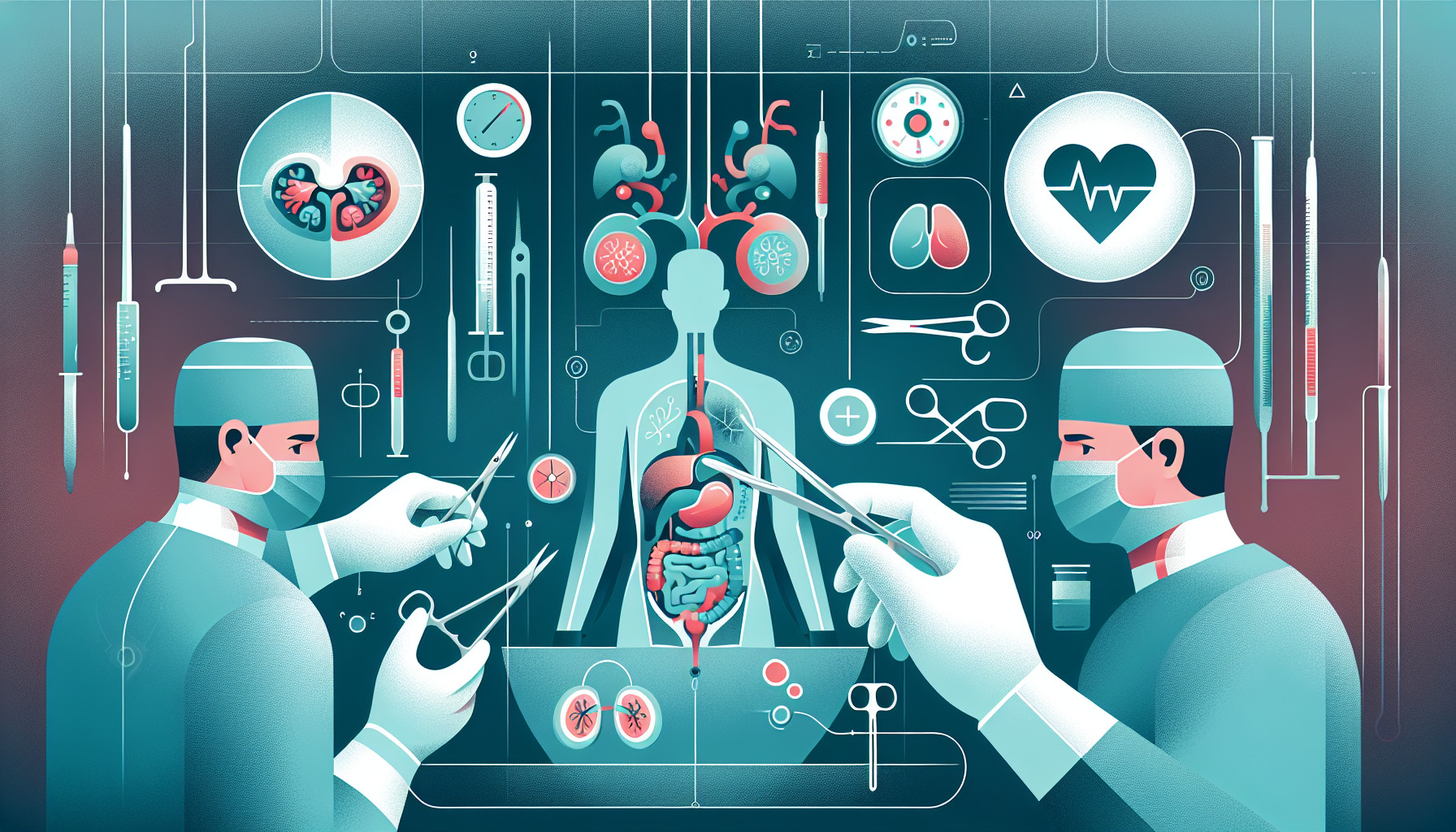Our Summary
This research paper discusses the surgical repair of bladder exstrophy, a condition where the bladder is developed outside the body, which is a major challenge for pediatric urologists. After the surgery, it’s necessary to keep the patient immobilized to relieve pressure from the repair site. Often, this is done with pelvic osteotomies, a surgery that cuts and reshapes the pelvic bones, performed by pediatric orthopedic surgeons. Several techniques have been developed for this immobilization, including specific methods for newborns. Buck’s and Bryant’s traction and spica casting are the most common methods. It’s also crucial to manage pain effectively to minimize the discomfort and anxiety experienced by young patients after major reconstructive surgery.
FAQs
- What are the most common techniques used for pelvic immobilization in pediatric urologic reconstruction surgery?
- Why is postoperative immobilization important in surgical repair of bladder exstrophy?
- How is pain management handled for children undergoing reconstructive surgery for bladder exstrophy?
Doctor’s Tip
One helpful tip a doctor might tell a patient about pediatric urologic reconstruction is to ensure proper postoperative immobilization, such as using pelvic traction or spica casting, to decrease tension on the repair site and promote proper healing. This can help prevent complications and promote successful outcomes following surgery. Additionally, implementing a multimodal pain management approach is important to minimize postoperative pain and anxiety for the child undergoing reconstructive surgery.
Suitable For
Patients who may be recommended pediatric urologic reconstruction include those with congenital anomalies such as bladder exstrophy, epispadias, hypospadias, ureteropelvic junction obstruction, vesicoureteral reflux, and other complex urological conditions. These patients may require surgical intervention to correct structural abnormalities, improve urinary function, and prevent long-term complications. The decision to undergo pediatric urologic reconstruction is typically made by a multidisciplinary team of healthcare providers, including pediatric urologists, pediatric surgeons, and other specialists, based on the individual patient’s specific needs and medical history.
Timeline
Before pediatric urologic reconstruction:
- Patient is diagnosed with bladder exstrophy, a congenital condition where the bladder is exposed on the outside of the body.
- Patient undergoes preoperative evaluations and tests to assess the severity of the condition and determine the best course of treatment.
- Surgical team plans the reconstruction surgery, which may involve pelvic osteotomies and bladder repair.
- Patient and family receive preoperative counseling and education about the procedure and postoperative care.
After pediatric urologic reconstruction:
- Patient undergoes surgery to repair the bladder exstrophy and perform pelvic osteotomies.
- Postoperative immobilization techniques such as Buck’s and Bryant’s traction or spica casting are utilized to decrease tension on the repair site.
- Multimodal pain management is implemented to minimize postoperative pain and anxiety.
- Patient is closely monitored for complications and undergoes follow-up appointments to assess healing and overall recovery.
- Physical therapy and rehabilitation may be recommended to help with mobility and function after surgery.
- Long-term follow-up care is provided to monitor for any issues related to the reconstruction surgery.
What to Ask Your Doctor
What is the expected outcome of the pediatric urologic reconstruction surgery?
What are the potential risks and complications associated with the surgery?
How long will the recovery process take, and what can be done to help facilitate a smooth recovery?
Will my child need any follow-up procedures or treatments after the surgery?
How can pain and discomfort be managed during the recovery period?
Are there any long-term effects or considerations we should be aware of following the surgery?
How will the surgery impact my child’s quality of life and future health?
What can we expect in terms of post-operative care and rehabilitation?
Are there any lifestyle or dietary changes that should be made following the surgery?
Are there any resources or support groups available for families going through pediatric urologic reconstruction surgery?
Reference
Authors: Roth E, Goetz J, Kryger J, Groth T. Journal: Curr Urol Rep. 2017 Mar;18(3):19. doi: 10.1007/s11934-017-0667-x. PMID: 28233224
